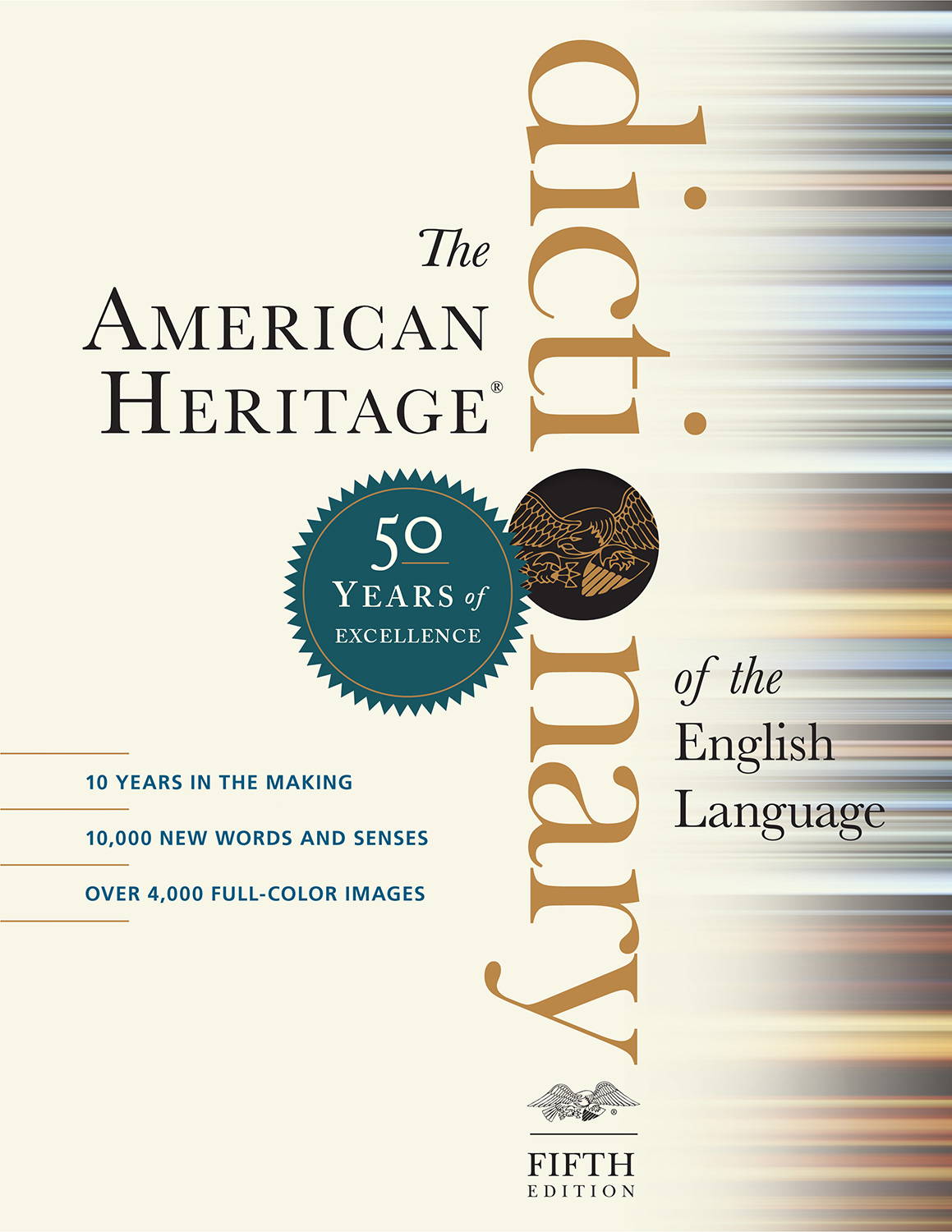form  (fôrm)
Share:
n.1. a. The shape and structure of an object: the form of a snowflake. b. The body or outward appearance of a person or an animal; figure: In the fog we could see two forms standing on the bridge. c. A model of the human figure or part of it used for displaying clothes. d. A mold for the setting of concrete. 2. a. The way in which a thing exists, acts, or manifests itself: an element usually found in the form of a gas. b. Philosophy The essential or ideal nature of something, especially as distinguished from its matter or material being. 3. a. A kind, type, or variety: A cat is a form of mammal. b. Botany A subdivision of a variety usually differing in one trivial characteristic, such as flower color. 4. a. Method of arrangement or manner of coordinating elements in verbal or musical composition: presented my ideas in outline form; a treatise in the form of a dialogue. b. A particular type or example of such arrangement: The essay is a literary form. 5. a. Procedure as determined or governed by regulation or custom: gave his consent solely as a matter of form. b. Manners or conduct as governed by etiquette, decorum, or custom: Arriving late to a wedding is considered bad form. c. A fixed order of words or procedures, as for use in a ceremony: "As they had never had a funeral aboard a ship, they began rehearsing the forms so as to be ready" (Arthur Conan Doyle). d. A document with blanks for the insertion of details or information: insurance forms. 6. a. Performance considered with regard to acknowledged criteria: a musician at the top of her form. b. A pattern of behavior or performance: remained true to form and showed up late. c. Fitness, as of an athlete or animal, with regard to health or training: a dog in excellent form. d. A racing form. 7. A grade in a British secondary school or in some American private schools: the sixth form. 8. a. A linguistic form. b. The external aspect of words with regard to their inflections, pronunciation, or spelling. 9. a. Chiefly British A long seat; a bench. b. The lair or resting place of a hare. v. formed, form·ing, forms v.tr.1. a. To give form to; shape: form clay into figures. b. To make or fashion by shaping: form figures out of clay. c. To develop in the mind; conceive: Her reading led her to form a different opinion. 2. a. To arrange oneself in: Holding out his arms, the cheerleader formed a T. The acrobats formed a pyramid. b. To organize or arrange: The environmentalists formed their own party. c. To fashion, train, or develop by instruction, discipline, or precept: formed the recruits into excellent soldiers. 3. a. To come to have; develop or acquire: He formed the habit of walking to work. b. To enter into (a relationship): They formed a friendship. 4. To constitute or compose, especially out of separate elements: the bones that form the skeleton. 5. a. To produce (a tense, for example) by inflection: form the pluperfect. b. To make (a word) by derivation or composition. v.intr.1. To become formed or shaped: Add enough milk so the dough forms easily into balls. 2. To come into being by taking form; arise: Clouds will form in the afternoon. 3. To assume a specified form, shape, or pattern: The soldiers formed into a column.
[Middle English forme, from Latin fōrma, possibly (via Etruscan) from Greek morphē.]
form′a·bili·ty n. forma·ble adj.
Synonyms: form, figure, shape, contour, profile
These nouns refer to the external outline of a thing. Form is the outline and structure of a thing as opposed to its substance: the pointed form of a pyramid; a brooch in the form of a lovers' knot. Figure refers usually to form as established by bounding or enclosing lines: The cube is a solid geometric figure. Shape can imply either two-dimensional outline or three-dimensional definition that indicates both outline and bulk or mass: paper cutouts in the shape of flowers and stars; "He faced her, a hooded and cloaked shape" (Joseph Conrad).
Contour refers to the outline and often the surface of a three-dimensional figure or body: the streamlined contour of the hybrid vehicle. Profile denotes the outline of something viewed against a background and especially the outline of the human face in side view: The police took a photograph of the mugger's profile. |







